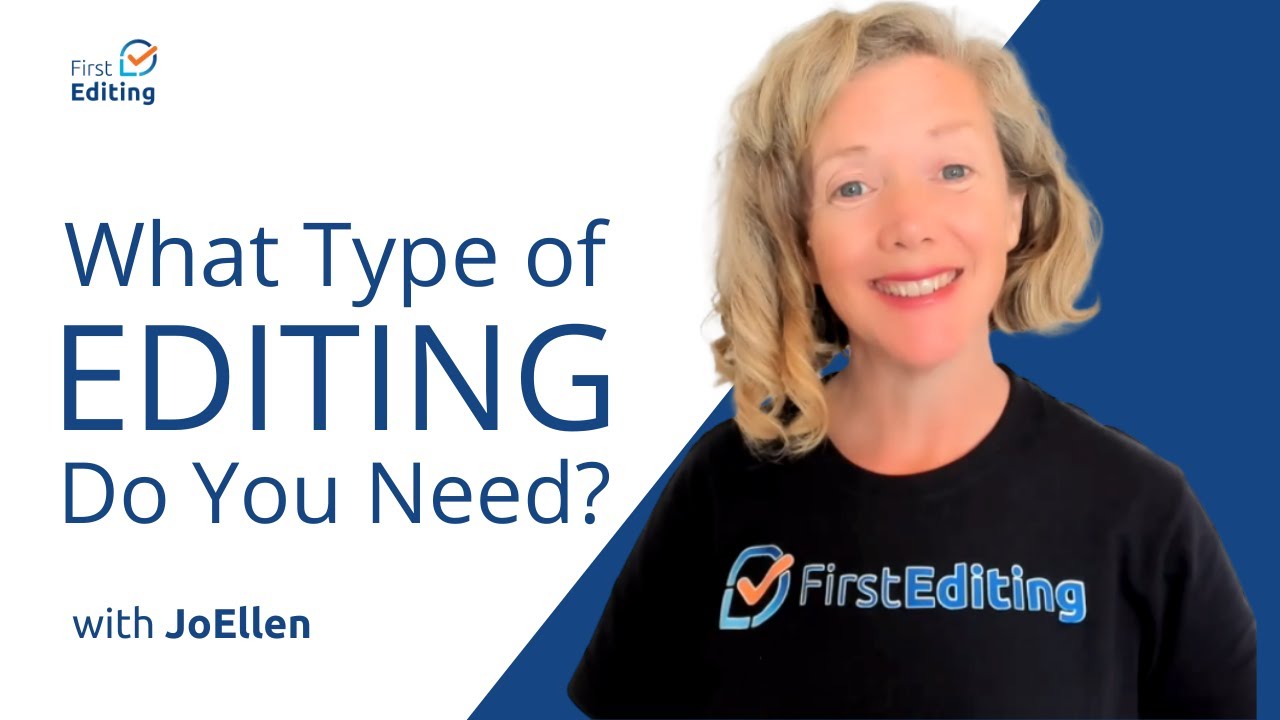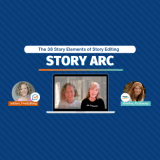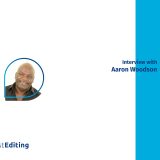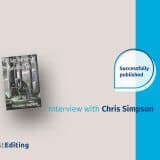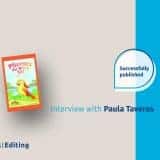

Backstory is key to writing your story, creating engaging characters, and driving the plot forward. It provides history or background context. Backstory is used to develop characters, situations, or settings in your writing.
When writing, your goal as an author is to create a book with memorable characters who have rich backstories. Backstory is also part of world-building. Ideally, you can treat your setting as if it is a character.
What does an editor look for in backstory?
When editing your novel, your developmental editor evaluates if you have achieved realism and depth in your characters, world, and unique situations or scenes via backstory.
Backstories help your readers understand your character’s motivation. These goals are the foundations to your story arc’s key plot points. Thus, you need to have a comprehensive overview of your character’s history. This history needs to extend beyond the primary story you have written.
Because your characters evolve, creating their detailed pasts is essential. Again, this extends also to the overall world-building environment. Your characters’ history helps bring forth fully formed characters who resemble real people with nuanced personalities.
Editors focus on how you implement backstory. Regardless of which technique you use, we use a combination of evaluations to determine how well you engage your readers while maintaining realism relevant to your genre.
How to implement backstory in your writing
You can incorporate backstory via various writing techniques. It is ideal to use variety while revealing your character world-building backstory.
Editors look for backstory during a developmental story edit which evaluates your overall story arc, characters, plots, and setting. Backstory is revealed via thoughts, memories, flashbacks, dialogue, journey, magic, and prologue.
Thoughts reveal background
Revealing your protagonist’s self-talk or internal discourse can be very helpful in revealing their backstory. Editors ensure this reveal feels natural for your character ‘s behavior and relevant to the overall plot. All details should contribute to driving the plot forward. Thus, implementing internal stories is best employed when it is naturally triggered by an external event or object.
When writing your character’s thoughts, editors advise you to avoid writing too many irrelevant or sudden details which feel unnatural to their personality. Stay within the thoughts of your point of view (POV) character for this scene. If writing in third person, ensure you avoid head hopping by clearly maintaining only the main character’s POV throughout the scene.
Memories give insight
When exploring characters’ memories, you can write a fragmented reveal. In this approach, you allude to details sparingly. You provide just enough so your reader understands the significance of the memory.
Again, avoid using irrelevant attributes which do not drive the plot forward. Remember to keep the character present in the scene.
Flashbacks add depth
The second approach to your character’s memories is more comprehensive. The details are bold and written in the form of a flashback. Provide a glimpse into your character’s backstory with a flashback.
A flashback is different from an individual memory or thought. Flashback is a living, breathing scene from the past. It becomes an essential part of your novel, and it is not just part of a character’s thoughts.
Remember that a flashback is a writing technique which takes your reader out of the present scene and actively involves them in the past. Avoid describing and engage in showing the event.
What certified story editors look for in flashbacks
Editors critique your flashbacks using the following requirements. Does your flashback
- Reveal relevant details which are essential to the plot
- Develop your character and further reader engagement
- Create an emotional reaction for your readers
- Provide a new dimension to your story
If your flashback does not achieve one or all of these objectives, you should avoid flashbacks to reveal the backstory. Choose a different method for revealing backstory.
Dialogue answers questions
You can answer backstory-related questions through engaging conversational exchanges between your characters. Make sure there is a natural segue into the dialogue which can often be triggered by an object or event which is relevant within the current scene. Use dialogue to provide insights into a character’s goals or the setting’s significance.
Avoid describing the emotions of the characters. Show us their reactions to the scene and conversation. Ideally, build some tension and mystery to keep it interesting.
Quests drive the story
Revealing your protagonist’s motivations or goals are essential driving elements of their quest or journey. Backstory provides insight to their external and internal goals. Develop a more engaging story by showing why it is essential to complete a specific task or obtain unique knowledge.
Again avoid describing how events have impacted the character. Show us their emotions and physical reactions from both the past and present events. Reveal the personality patterns while slowly exposing why they respond the way they do. Create understanding, empathy, depth and realism for your readers.
Magic discloses the plotline
Magical or scientific means can add depth to your story. Ensure it is a natural, uncontrived inclusion that matches your characters and world. This is very successful in fantasy where ‘visions of the past’ help explore elements of backstory.
Avoid simple solutions which don’t fit the environment. It has to be logical to the world in which you are writing.

Prologue prepares the scene
Use prologue for essential backstory.
Editors evaluate your prologue by asking
- Is it vital plot information that the reader needs immediately?
- If you omit this, is there a plot hole?
- Can you include it in ‘Chapter One’ or later in the novel?
- Does it add or detract from your narrative flow?
Ask yourself if this information needs to be there. Does the story remain the same if it’s removed? If so, this is a strong indicator that it is not necessary.
If it is an essential backstory, work it naturally into the narrative rather than creating a prologue. Ensure your backstory does not feel forced. Avoid being informational. Include intrigue.
Editor tips for writing a strong backstory
Remember a character’s background is a driving factor within the action of the main narrative. Furthermore, the setting or world also provides valuable history and background to the plot. Thus, writing character backstories are often interwoven into the overall worldbuilding process.
Use timelines to tie it all together
Every detail needs to be logical and recorded in a storyline. Build an intricate timeline of your character’s life events, relationships, and emotions. Anything you reveal in your novel needs to make logical and emotional sense to your readers.
Always keep your timelines as they come in handy for upcoming series for your characters and fans. Keep unused backstories for future reference. Always know your character’s past inside and out. You can then create evocative flashbacks and more to reveal important character details and advance the plot.
Details must be relevant
Ensure all your backstory details are relevant. Omit any distractions or fluff which weaken your plot. Focus on writing backstory to support the plot points. Introduce relevant alliances and conflicts which support your character’s experiences in the main story.
Realism is necessary
Make your characters and their baggage believable. The best writers draw inspiration from real life because of personal empathy. Create people who make sense and naturally engage your readers on this adventure.
Show don’t tell the emotions
Reveal your protagonist’s past life through tangible details and flashbacks. Help your reader gain insight into their background without relying on info-dumping. Show the events and their reactions rather than telling the facts.
Avoid overload
Be careful with your first chapter and how much backstory you include. Plan how your backstory weaves into your plot. Decide what you need to reveal. Choose when it is ideal to expose these vital details. Lastly, design effective ways to share backstory and vary the deliveries throughout the story. Deploy important information only as it becomes relevant to that character’s current situation in the overall plot.
In closing, let the backstory generate your narrative. Allow backstory to deepen your primary and secondary characters along with the history of your world setting. As you proceed with a developmental edit of your story arc, plan the essential reveals which will move the plot forward and connect your readers with your characters on this adventure.




